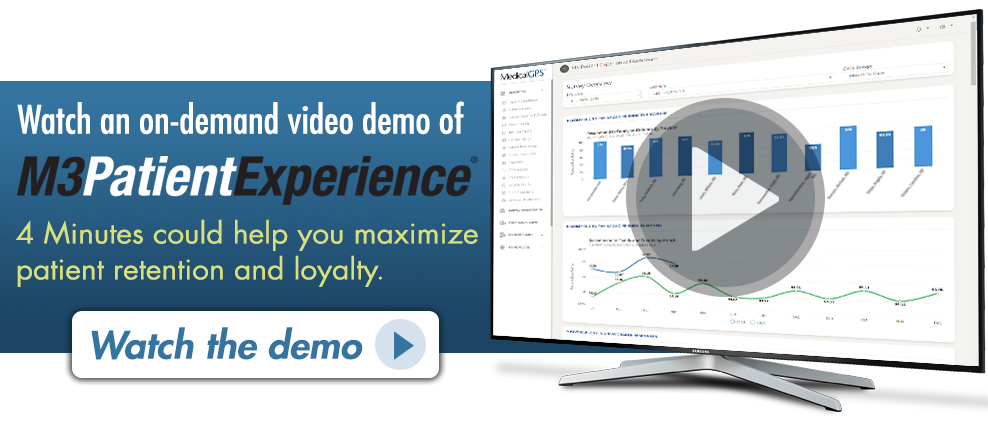A recent shift to a population care model in the last several years has compounded one of the greatest strategic challenges that healthcare information technology leaders constantly face.(1) Care coordination is not a new problem, but evolving healthcare technology, telehealth, and value-based care have all placed a greater sense of urgency on solving the coordinated care dilemma. As the healthcare industry focuses on improving the patient experience, successfully coordinating the patient’s journey through every point-of-care, has become an even larger piece of the puzzle.
 The good news is that there are already technologies and healthcare developments in motion that will help with coordinated care.
The good news is that there are already technologies and healthcare developments in motion that will help with coordinated care.
- Remote Patient Monitoring (RPM)
Paired with the necessity and overall general acceptance of telehealth, remote patient monitoring (RPM) is becoming an accepted standard of care more and more each year. By 2020, more than 20 million patients used some form of RPM as part of their provider team’s care plan.(2) Capturing and processing real-time health data allows multiple members of a patient’s care team to remain in sync with the patient and each other to a degree never seen before. - Artificial Intelligence
Long gone are the days when artificial intelligence (AI) lived only in video games and science fiction stories. The healthcare AI of today is already responsible for predicting patient outcomes that save lives, and its applications grow with each passing month. As with any kind of actionable data source, care coordination is improved through the utilization and development of healthcare AI systems. - Advanced Telmedicine
If anything good has come from the COVID-19 pandemic, it’s the rapid adoption, development, and patient trust in telemedicine. Patients and providers can record and share entire telehealth encounters and data sets with other members of the care team. This ability to retain and process media and data can help make care coordination efficient to an exceptionally high degree.
 Many challenges exist when it comes to improving care coordination, and potential barriers are numerous. Understanding these pitfalls will help you negotiate them successfully.
Many challenges exist when it comes to improving care coordination, and potential barriers are numerous. Understanding these pitfalls will help you negotiate them successfully.
- The Functionality of Clinical Information Technology
Multiple systems have been created and leveraged to improve processes, but many still do not talk to each other in a meaningful way. The lack of interoperability with specialists and hospital systems is also a big challenge. On top of it all, the data management aspect is made more challenging by information technology that lacks functionality or breadth, for example- the ability to run reports on specific patient populations. Fortunately, some healthcare IT systems and data are pushing the envelope with regard to data interoperability. These progressive third-party vendors can help you leap some care coordination hurdles. - Availability of Community Resources
Another ongoing challenge found through this survey was the difficulty of finding appropriate community resources for patients. These include transportation to appointments, affordable medications and supplies, diabetes management and smoking cessation programs, low-cost dental care, and behavioral health, mental health, and psychiatric medication support.While much more progress needs to be made, most basic insurance is now required to cover more and more of these resources, so even low-income patients have access to several of these programs today that were out of reach a decade ago. - Interactions with Patients
Patients’ lack of trust and their inability to take responsibility for self-management of chronic conditions will continue to be a challenge to coordinated care. Simply accepting this as a potential outlier will help you and your team plan for it and mitigate its influence on care coordination. - Interactions with Other Facilities
Interactions with other facilities were also described as a barrier to care coordination. Specifically, receiving resistance when trying to acquire information on mutual patients from other health care facilities. However, good working relationships with external health care facilities were found to be invaluable.
 Although there are numerous challenges to patient care coordination, when executed effectively barriers can actually become facilitators. The essential piece to the puzzle based on the report was the importance of establishing good relationships whether with clinicians, patients, or outside organizations. While this key factor, and essential piece to the puzzle, may not solve all care coordination challenges, it is certainly a common denominator for success in almost any industry.
Although there are numerous challenges to patient care coordination, when executed effectively barriers can actually become facilitators. The essential piece to the puzzle based on the report was the importance of establishing good relationships whether with clinicians, patients, or outside organizations. While this key factor, and essential piece to the puzzle, may not solve all care coordination challenges, it is certainly a common denominator for success in almost any industry.
Please let us know if you have comments or questions, and subscribe to our Email Updates so that you can be assured to receive Thinking Thursdays TIPs and other articles from our blog.
Thank you!
Jerry
References:
- https://www.healthtechs3.com/the-synergy-between-care-coordination-and-telehealth/
- https://blog.prevounce.com/27-remote-patient-monitoring-statistics-every-practice-should-know



Thanks for the reminder that information technology is also a huge part of the operations of primary healthcare facilities. I will keep that in mind when looking for the right primary care doctor for me to consult. I will have to make sure that the facility is equipped properly for that.